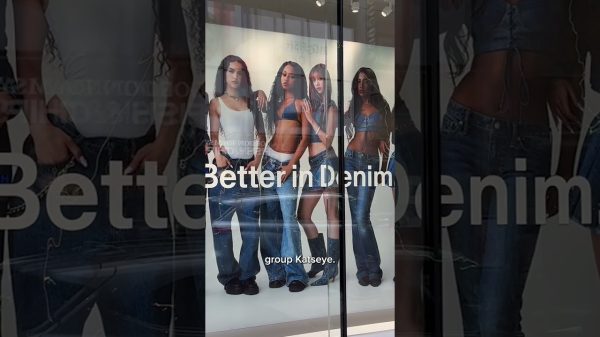The diverging shares of two iconic companies—
Campbell Soup
and Ferrari—tells a story about the economy, what is working in the stock market, and why it doesn’t line up with the traditional playbook when interest rates are on the rise.
Both companies are important in their own way. Campbell (ticker: CPB) has been around since 1869 and its cans were painted by Andy Warhol. Ferrari (RACE) is, well, Ferrari, the maker of roughly 12,000 to 14,000 exquisite automobiles each year.
Shares of Ferrari are thriving. Campbell’s not so much. The soupmaker’s shares hit a 52-week low on Monday at $45.01 a share, down 22% from the 52-week high of $57.78 reached in late December.
Ferrari stock closed at a new high on Tuesday, at $314.09, just off the 52-week high of $314.47, also reached Tuesday. Shares are up 48% year to date and up 78% from the 52-week low of $176.82 hit on in October.
It isn’t hard to figure out why things have unfolded that way. Ferrari earnings are growing about 13% a year and earnings estimates are moving up.
Campbell Soup
earnings are growing much slower. Analysts project about 3% growth over the coming 12 months. And earnings estimates are moving lower, falling about 1% over the past few months.
Normally, consumer staple stocks are supposed to be defensive while consumer discretionary stocks, such as shares of car companies, are supposed to take it on the chin with a slowing economy and rising interest rates.
Not this time. The
iShares Consumer Staples ETF
(IYK) is up about 3% year to date while the
S&P 500
is up about 15%. The
iShares Consumer Discretionary ETF
(IYC) is up about 21% year to date.
Things are harder for Campbell because it is facing pressure from private labels, wrote Stifel analyst Matthew Smith in a June report. “Shares currently trade below 11 times using our calendar 2023 Ebitda estimate, a 15% discount to peers, which we believe appropriately balances the slower top line trajectory and risk volumes do not recover as pricing diminishes.”
Ebitda is short for earnings before interest, taxes, depreciation, and amortization and is a common valuation metric on Wall Street. The S&P 500 trades for about almost 14 times estimated 2023 Ebitda.
Ferrari shares trade for about 24 times estimated Ebitda. Traditional auto makers trade for less than 10 times, although Ferrari isn’t your average automaker—it is more similar to Gucci than Chevy. Like the makers of luxury clothing or handbags, Ferrari intentionally produces fewer cars than there is demand for. That creates scarcity and allows it to price at a premium and well above its manufacturing costs.
Ferrari’s gross profit margin exceeds 50%, compared with roughly 15% at
General Motors
(GM). Campbell Soup is in the middle, around 30%
Ferrari’s supercars are also harder to substitute than selecting a private label can of tomato soup. Waiting lists for new Ferraris are long, limited-edition models tend to appreciate in value over time, and brand loyalty is high.
Deep-pocketed customers and more demand than supply give Ferrari pricing power, insulating earnings from supply chain woes and inflation.
Pricing power, which Ferrari has and Campbell doesn’t, is one factor helping stocks win in this economy. It isn’t the only thing, though. Companies have to have the right kind of product. Consumers are choosing to scrimp on the low end of their spending to keep their higher-end spending relatively unchanged.
Few Ferrari buyers are likely skipping soup to fill the gas tank (many new Ferraris get about 15 miles per gallon). But the principle remains. People are treating themselves more now that the pandemic is over.
New and used car prices are roughly 30% higher than they were four years ago. That has been a concern for investors, but this story might explain why demand and pricing can remain elevated. People will just buy less soup, but not cheaper cars.
Stick with shares of select consumer discretionary companies and entertainment providers, even if staples stocks get cheaper and cheaper.
Write to Al Root at [email protected] and Nicholas Jasinski at [email protected]
Read the full article here










